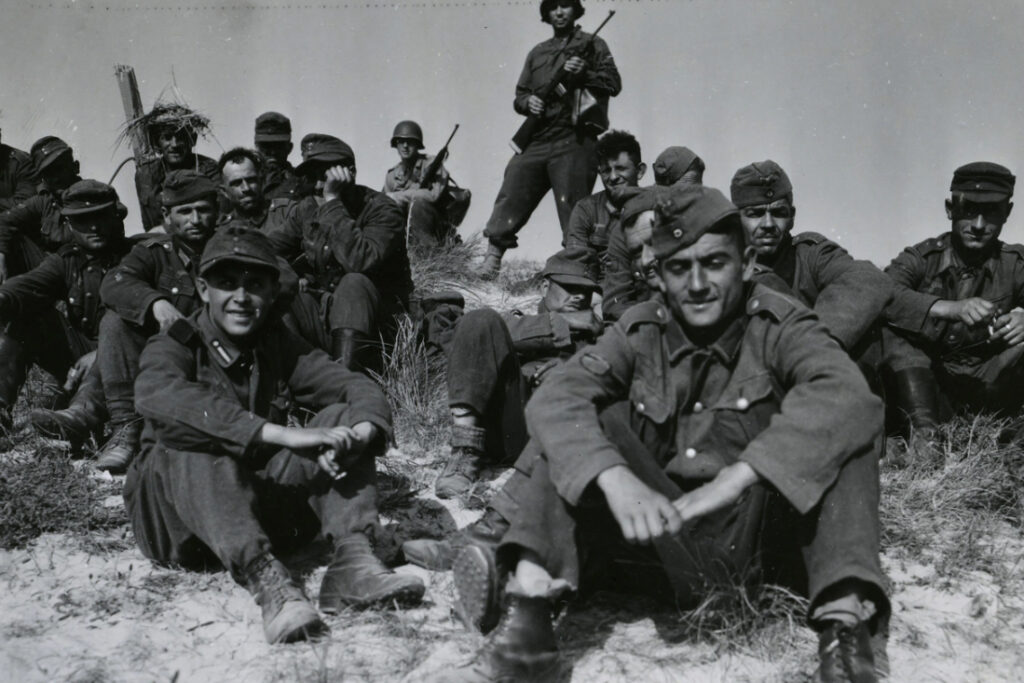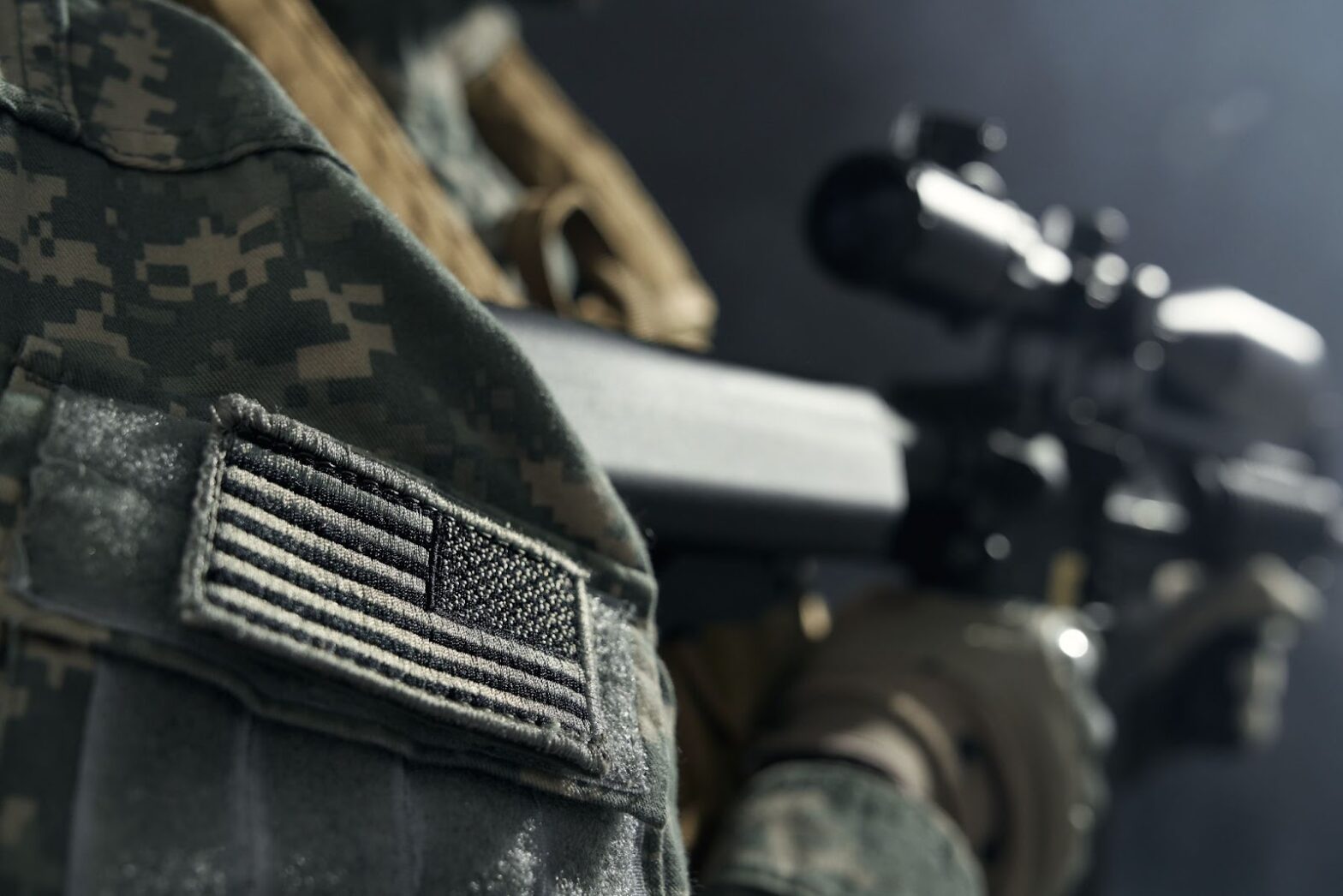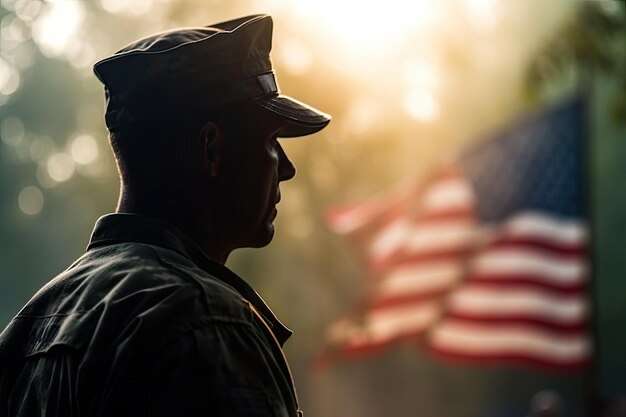In January 1941, the War Department unveiled plans to integrate African American units into all branches of the segregated Army. Although the Armored Force wasn’t officially a separate branch, it was treated as one by the public. Despite objections, the War Department instructed the Armored Force to establish three black tank battalions. These battalions—758th, 761st, and 784th Tank Battalions—initially constituted the 5th Tank (later Armored) Group (Colored).
The Journey of the 761st Tank Battalion: What about 79th Infantry Division Roster?
Under LTC Edward E. Cruise’s command, the 761st Tank Battalion began as a light tank unit at Camp Claiborne near Alexandria, Louisiana, in April 1942. Transitioning to medium tanks like the M4 Shermans, they underwent rigorous training at Camp Hood, Texas. By September 1944, they were in England, assigned to the Ninth Army. Under LTC Paul L. Bates, they became the first African American armored unit to land on foreign soil, touching down on Omaha Beach a month later with only six of their thirty-six officers being white.
Combat in Europe
The 761st Tank Battalion, often referred to as the “Black Panthers,” holds a significant place in military history as one of the first African American armored units to see combat in World War II. Their journey through the European Theater exemplifies the critical role of tank battalions in supporting infantry divisions and showcases the integration of African American soldiers into pivotal combat roles.
- Formation and Training: Prior to their deployment, the 761st Tank Battalion underwent rigorous training in the United States. This period was crucial for honing their skills in armored warfare, navigating the challenges of segregation, and building unit cohesion;
- Deployment to Europe: In the fall of 1944, the battalion was deployed to Europe, signaling the beginning of their active engagement in World War II. Their arrival marked a significant moment, as African American soldiers were given the opportunity to prove their mettle on the front lines;
- Integration into the 26th Infantry Division: The 761st was attached to the 26th Infantry Division, a strategic move that integrated them into the broader operations of the European Theater. This partnership was vital for the success of ground operations in the region;
- Encouragement from High Command: The warm welcome from Major General Willard S. Paul and the motivational address by Lieutenant General George S. Patton underscored the high expectations placed on the battalion. Patton’s exhortation was not just a call to arms but a challenge to excel beyond the racial prejudices of the time;
- First Combat Mission: Merely days after Patton’s speech, the 761st was thrust into combat. This transition from training to active engagement tested their readiness and resolve. Their performance in these early engagements would set the tone for their subsequent operations across Europe;
- Extended Campaign through Europe: Over the next six months, the battalion’s journey took them through France, Belgium, Holland, Luxembourg, and Austria. This extensive campaign saw them supporting not only infantry divisions like the 71st and 87th but also the 17th Airborne Division, demonstrating their versatility and reliability as a combat unit;
- Impact on Allied Success: The 761st Tank Battalion’s contributions went beyond mere support; they played a pivotal role in penetrating German defenses and facilitating the advance of Allied forces. Their actions helped to hasten the end of the war in Europe, earning them a distinguished place in military history;
- Legacy of the 761st: The battalion’s service challenged the prevailing stereotypes of African American soldiers and contributed to the eventual desegregation of the U.S. Armed Forces. Their bravery and effectiveness in combat served as a powerful argument against racial segregation and discrimination in the military and back home.
The 761st Tank Battalion’s journey from training in the United States to the battlefields of Europe exemplifies the critical support role of tank battalions in infantry operations during World War II. Their story is not just one of military strategy and combat effectiveness but also a testament to the courage and resilience of African American soldiers in the face of adversity.
Recognition and Honor
Despite their valor, recognition for the 761st came decades later. In 1978, they were awarded a Presidential Unit Citation following efforts by Senator Richard Stone and Secretary of the Army Clifford Alexander. Then, in 1996, SSG Ruben Rivers posthumously received the Medal of Honor, upgrading his Silver Star earned in 1944. Rivers, wounded by a German mine, chose to stay with his unit and was killed in action three days later. President Bill Clinton presented the medal to his family in 1997.
Conclusion
The story of the 761st Tank Battalion epitomizes the courage, resilience, and dedication of African American soldiers during World War II. Despite facing segregation and discrimination, these men served their country with distinction, proving their valor on the battlefield time and again.
Through their relentless efforts, the 761st Tank Battalion shattered stereotypes and paved the way for future generations of African American soldiers. Their combat record, marked by numerous awards and honors, stands as a testament to their indomitable spirit and unwavering commitment to duty.
The belated recognition bestowed upon the 761st Tank Battalion serves as a reminder of the importance of acknowledging the contributions of all soldiers, regardless of race or background. Their story serves as an inspiration to strive for equality and justice, both on and off the battlefield.
Awards and Honors Table
| Award | Year |
|---|---|
| Presidential Unit Citation | 1978 |
| Medal of Honor (SSG Ruben Rivers) | 1996 |
| Silver Star (Upgraded to Medal of Honor) | 1997 |



